Raynaud Phenomenon
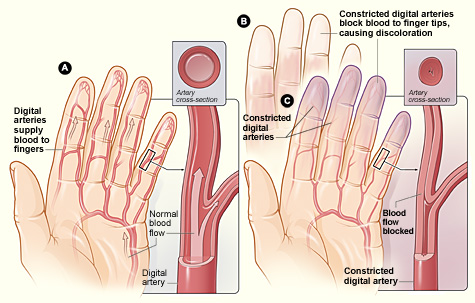
Epidemiology and Etiology Epidemiology Etiology The causes of secondary Raynaud phenomenon are outlined in the table below. Mnemonic for secondary Raynaud phenomenon: I, COLD HAND Table: Etiologies of secondary Raynaud phenomenon Hematologic and hyperviscosity syndromes Cryoglobulinemia Cold agglutinin disease Waldenstrom’s macroglobulinemia Polycythemia vera Occupational Vibration injury (e.g., with chainsaws or jackhammers) Electric shock injury Frostbite […]
Mallory-Weiss Syndrome (Mallory-Weiss Tear)
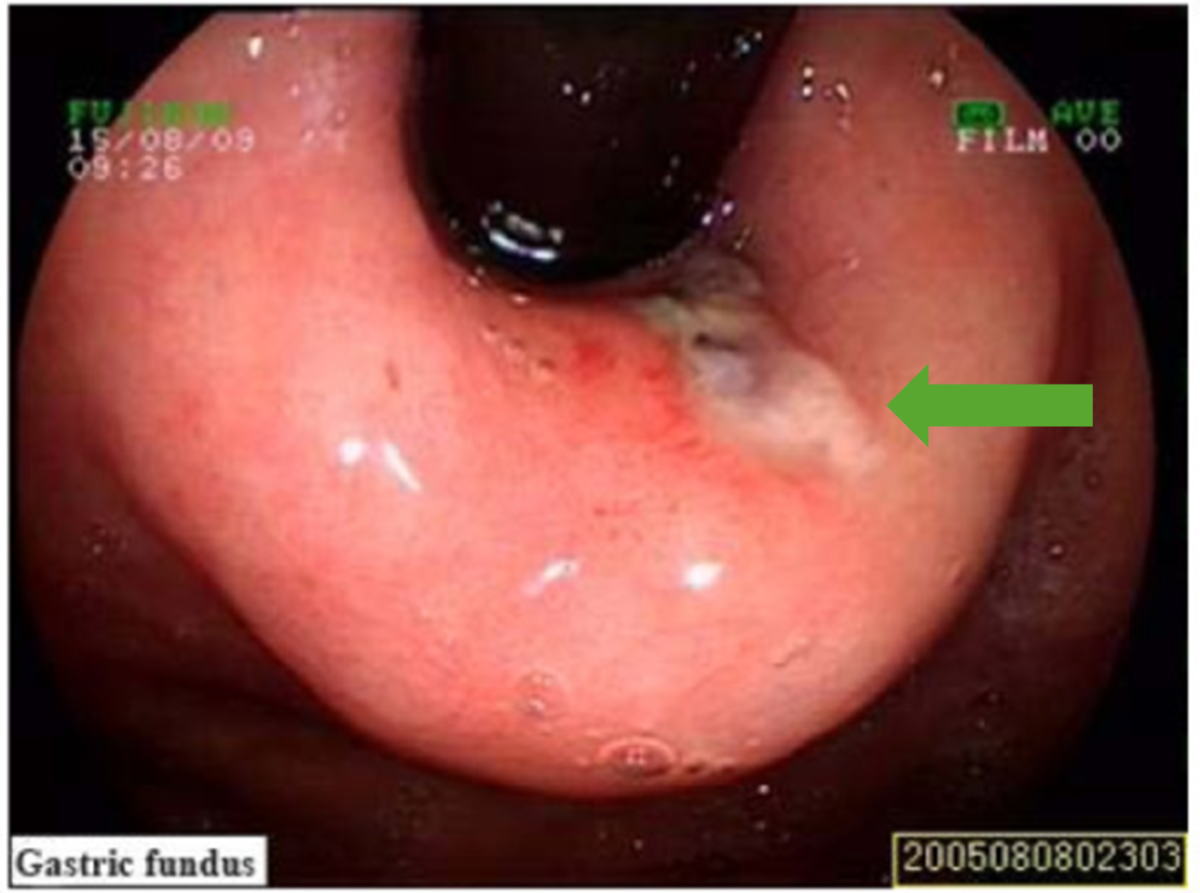
Epidemiology and Pathogenesis Epidemiology Risk factors Pathogenesis Clinical Presentation and Diagnosis Clinical presentation Diagnosis Diagnosis is established by endoscopy, which shows a longitudinal tear (usually single) limited to the mucosa and submucosa at the gastroesophageal junction. The muscular layer is NOT involved(in contrast to Boerhaave syndrome). Management Differential Diagnosis References
Erythema Nodosum
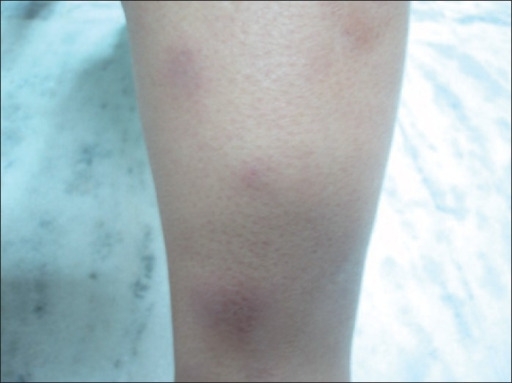
Epidemiology and Etiology Epidemiology: Etiology: Classification Etiologies Examples Infectious causes Bacterial Streptococcal infections (most common), especially pharyngitis Tuberculosis Mycoplasma pneumonia Viral Infectious mononucleosis Hepatitis B virus Fungal Coccidiomycosis Histoplasmosis Blastomycosis Noninfectious causes Drugs Penicillins Sulfonamide Oral contraceptive pills Malignancy Leukemia Lymphoma Solid malignancies Inflammatory bowel disease Ulcerative colitis Crohn’s disease Miscellaneous Sarcoidosis: Lofgren’s syndrome Pregnancy […]
Wilson Disease
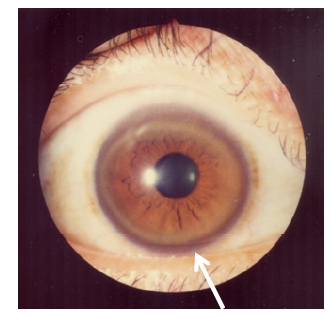
Epidemiology and Pathophysiology Epidemiology Pathophysiology Clinical Presentation Wilson disease usually presents in children and young adults. It rarely manifests after 40 years of age. Manifestations are primarily hepatic, neurologic, and psychiatric and may include: Mnemonic Clinical presentation of Wilson disease: ABCD Diagnosis and Management Diagnosis Management Prognosis Differential Diagnosis References
Conjunctivitis
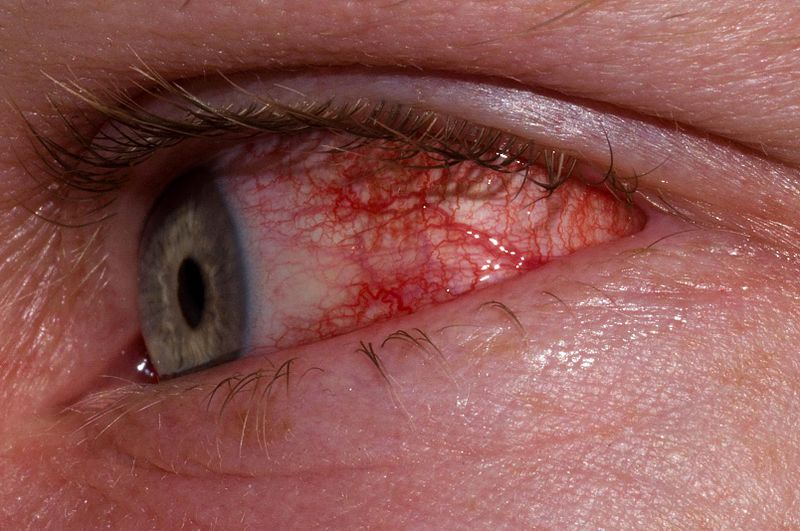
Epidemiology and Etiology Epidemiology Etiology Infectious conjunctivitis Noninfectious conjunctivitis Clinical Presentation Patients can present with some or all of the following symptoms: Viral conjunctivitis Bacterial conjunctivitis Allergic conjunctivitis Discharge Clear, watery discharge Thick, purulent yellow, white, or green discharge with severe crusting Clear, watery discharge Eye involvement Begins unilateral, but usually progresses to bilateral (highly […]
Pituitary Adenomas
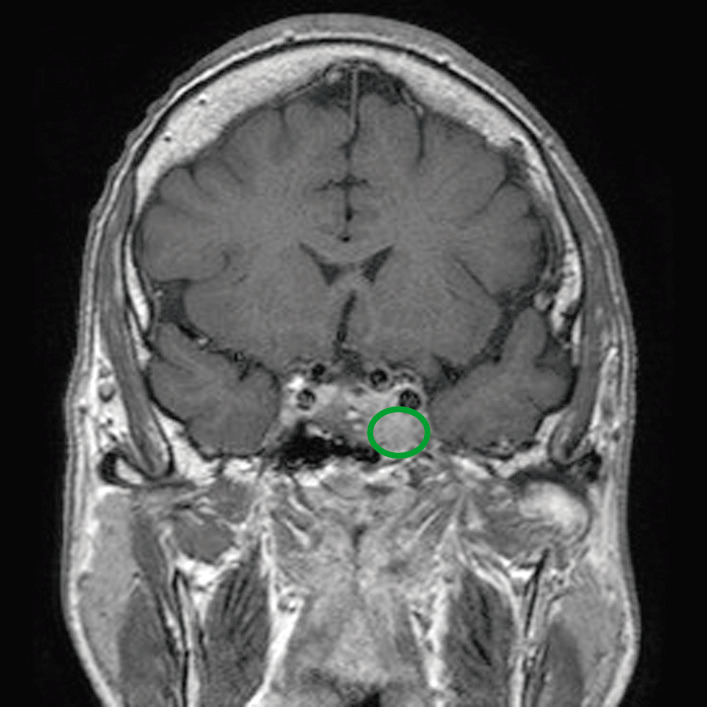
Epidemiology and Etiology Epidemiology Etiology Pathophysiology General pathology Classification by size Classification by hormone production Hormones of anterior pituitary Hormone Cell type Target organ Function Increased Decreased ACTH Corticotroph Adrenal cortex Stimulate adrenocortical hormones Cushing syndrome Nelson syndrome Addison disease Growth hormone Somatotroph Liver and adipose tissue Stimulates protein synthesis and overall growth Acromegaly Gigantism […]
Pericarditis
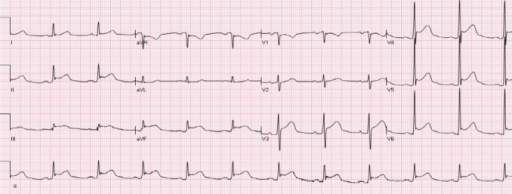
Definition and Classification Definition Pericarditis is an inflammation of the pericardium, the double-layered sac surrounding the heart. Clinical classification is based on duration. Epidemiology and Etiology Epidemiology Etiology Idiopathic (most common) After exclusion of other causes Viral infection Coxsackievirus B Influenza HIV Echovirus Bacterial infection Tuberculosis (most common cause worldwide) Streptococcus species (rheumatic fever) Lyme […]
Epiglottitis

Epidemiology Etiology Clinical Presentation Diagnosis Management Complications Prognosis is good if diagnosed and treated immediately but the disease can lead to death if there is acute and untreated airway obstruction. Complications of epiglottitis Differential Diagnosis References
Croup
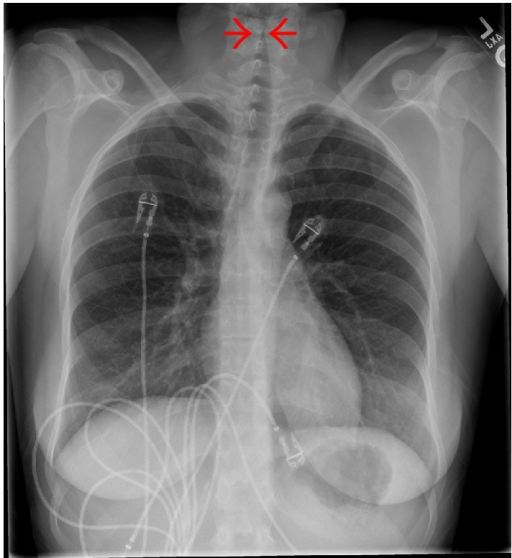
Epidemiology Transmission Risk factors Etiology and Pathophysiology Etiology Croup is commonly caused by a virus (75% of cases) and less commonly by bacteria. Pathophysiology Clinical Presentation Diagnosis Feature Number of points assigned for this feature 0 1 2 3 4 5 Chest wall retraction None Mild Moderate Severe Stridor None With agitation At rest Cyanosis […]